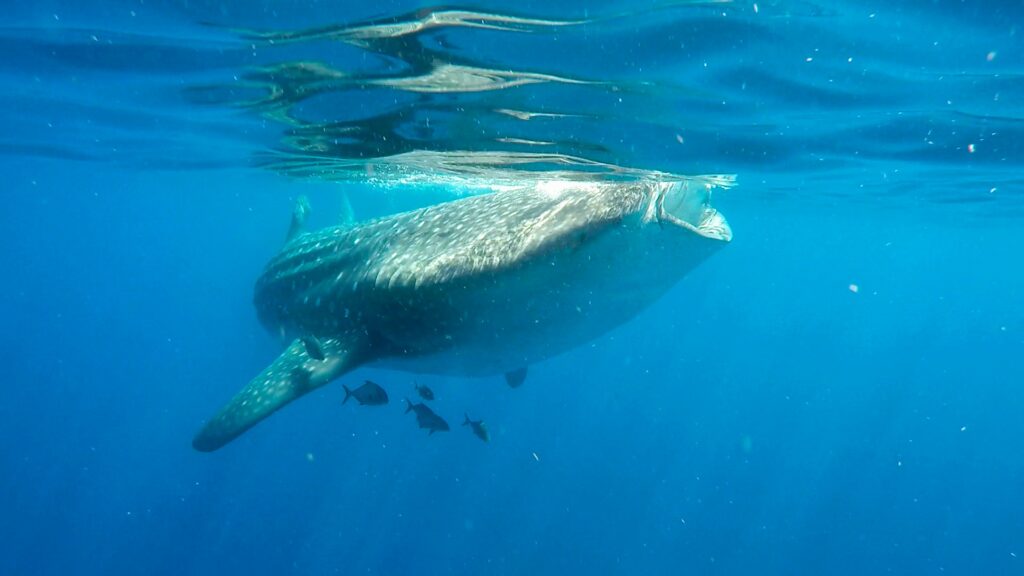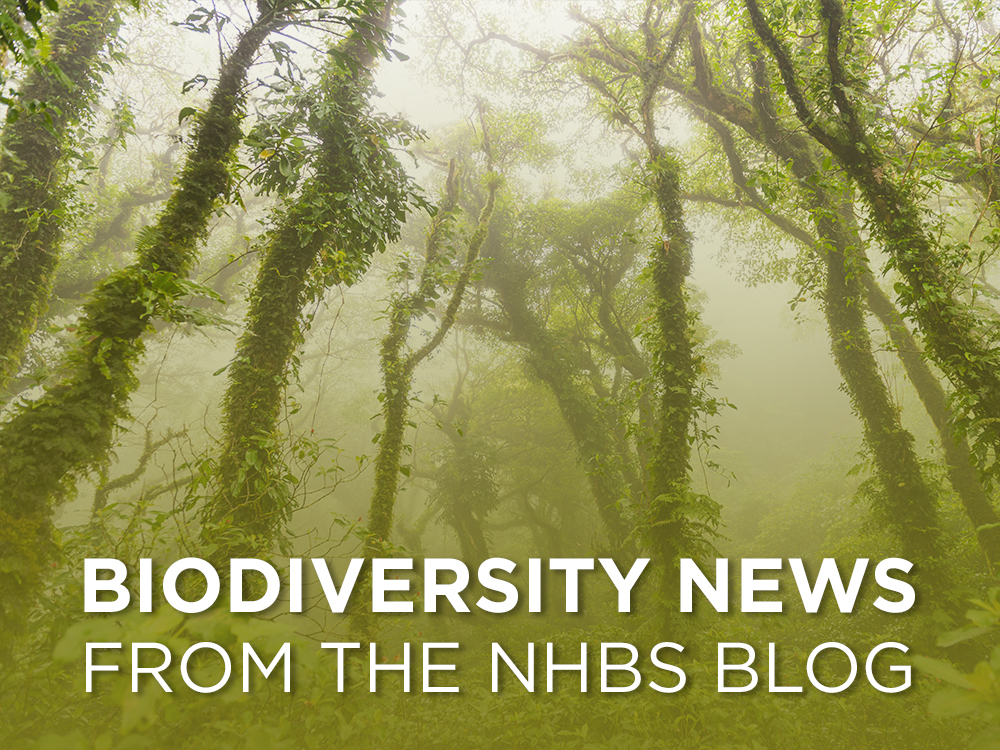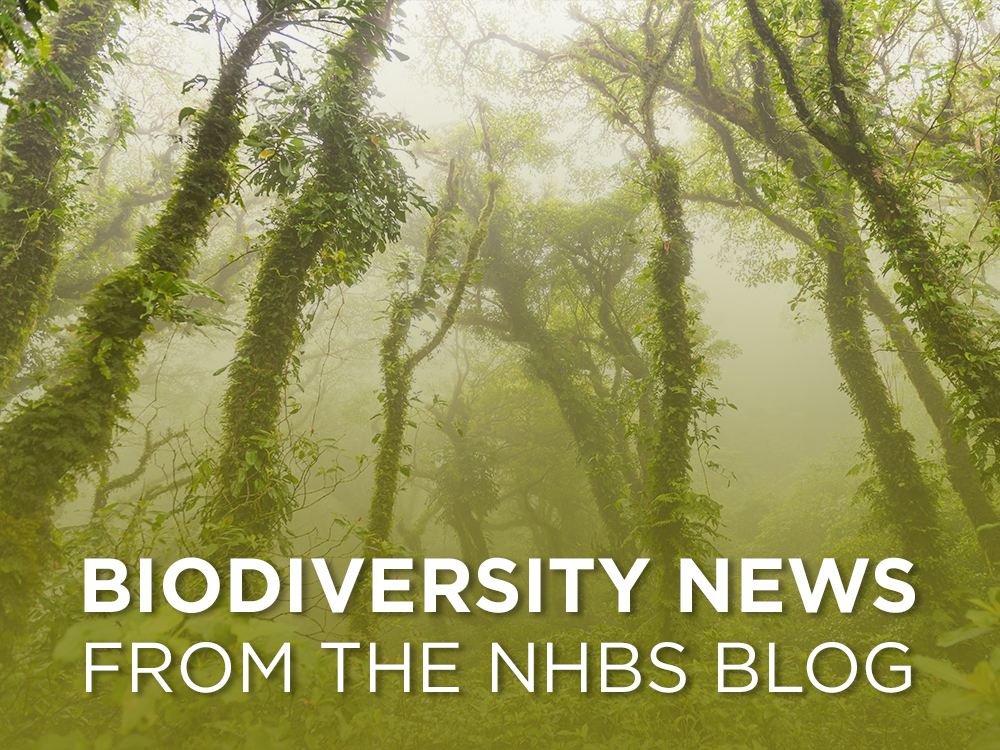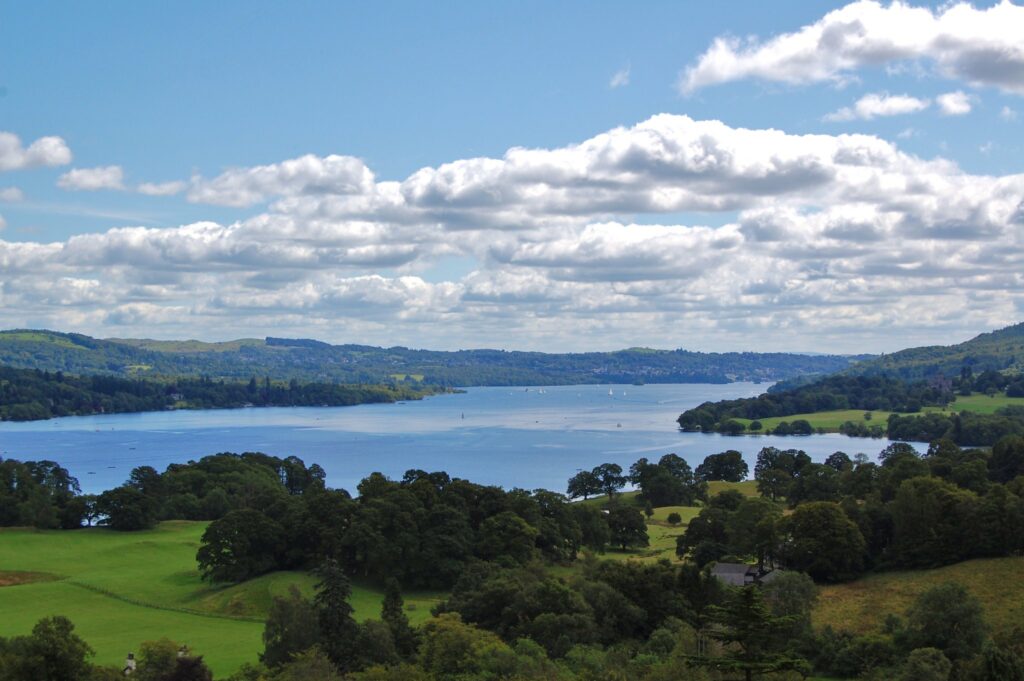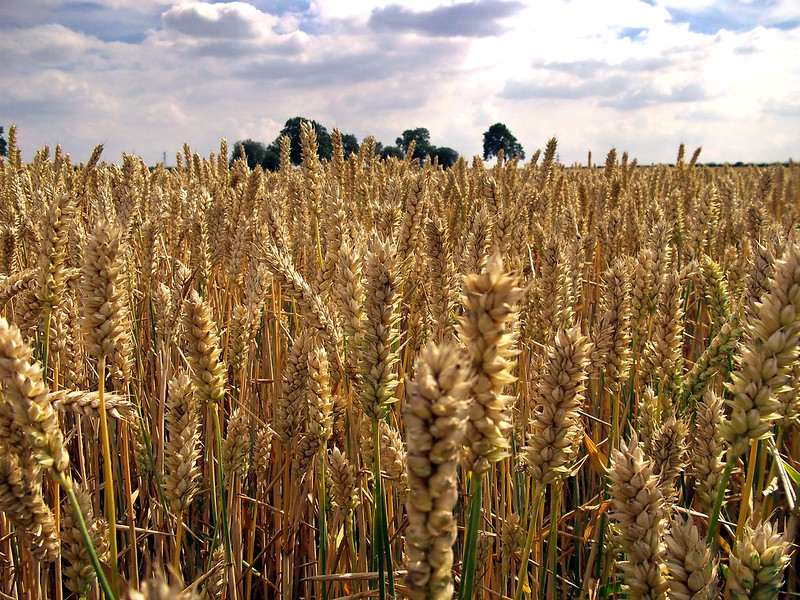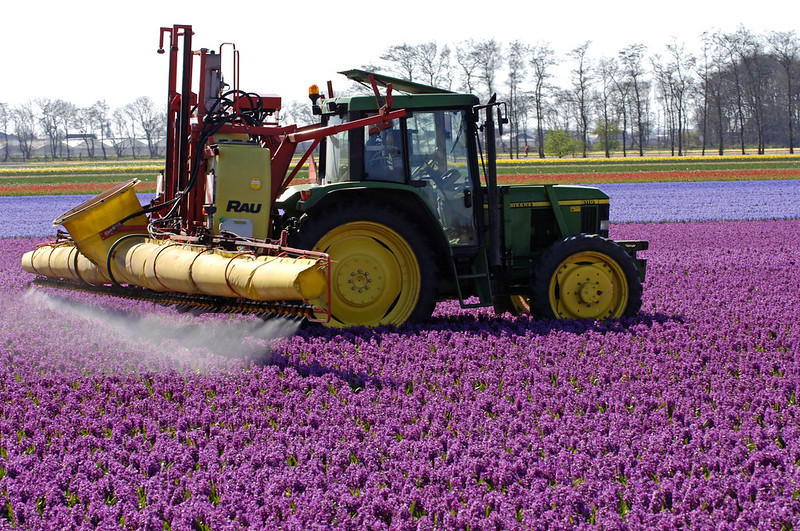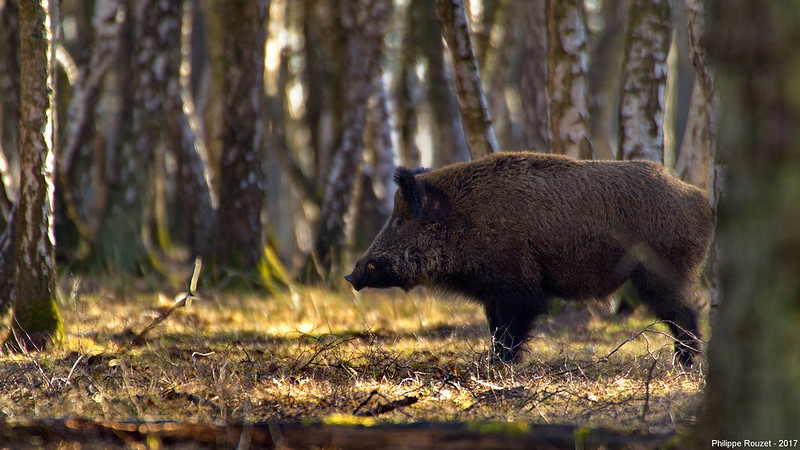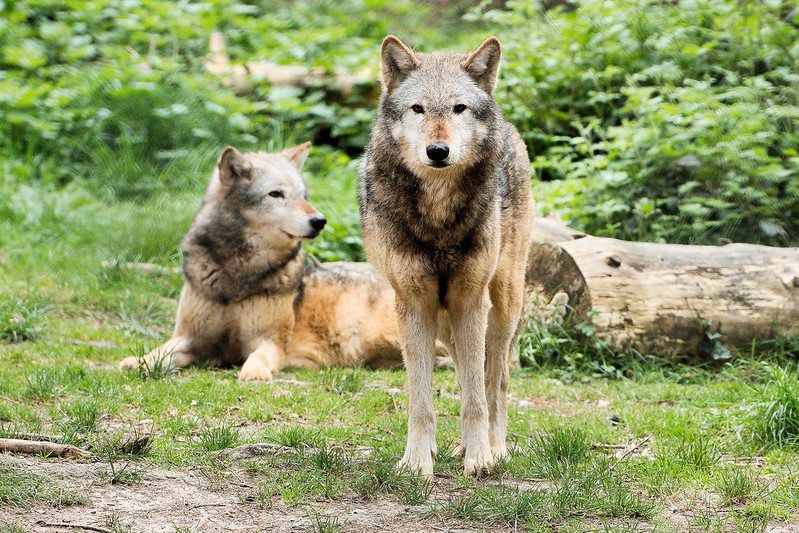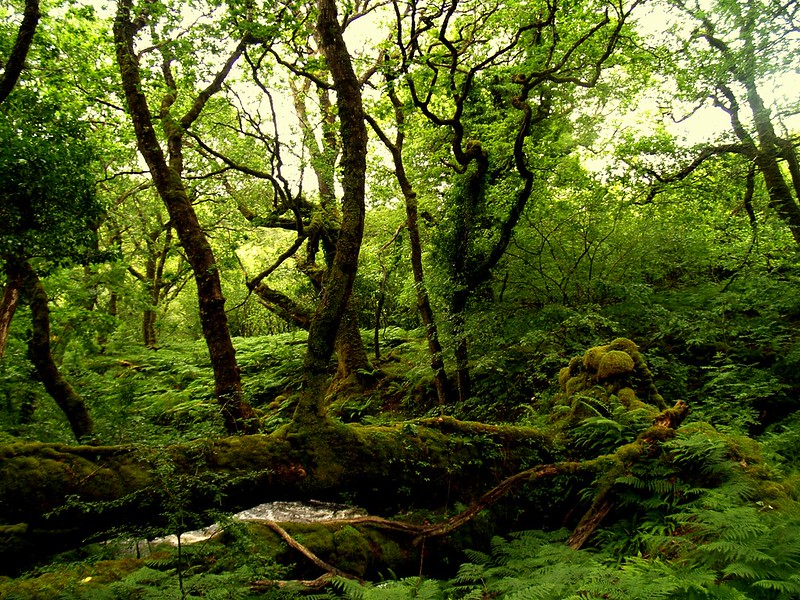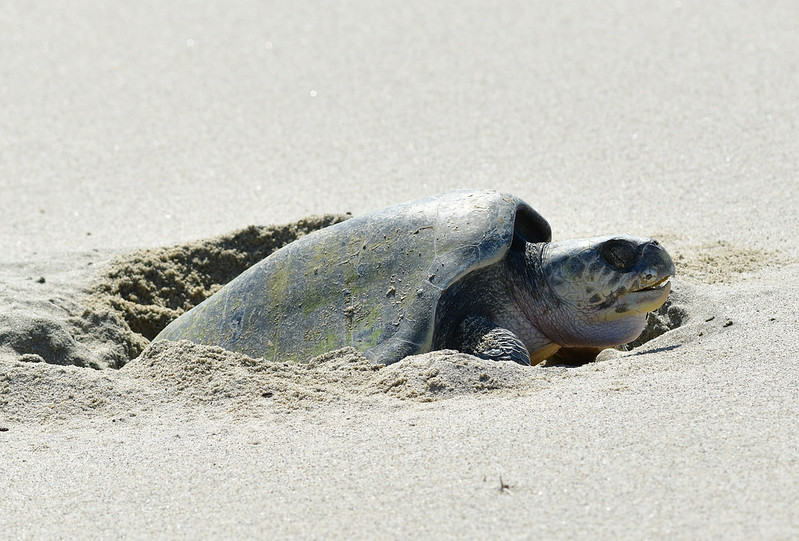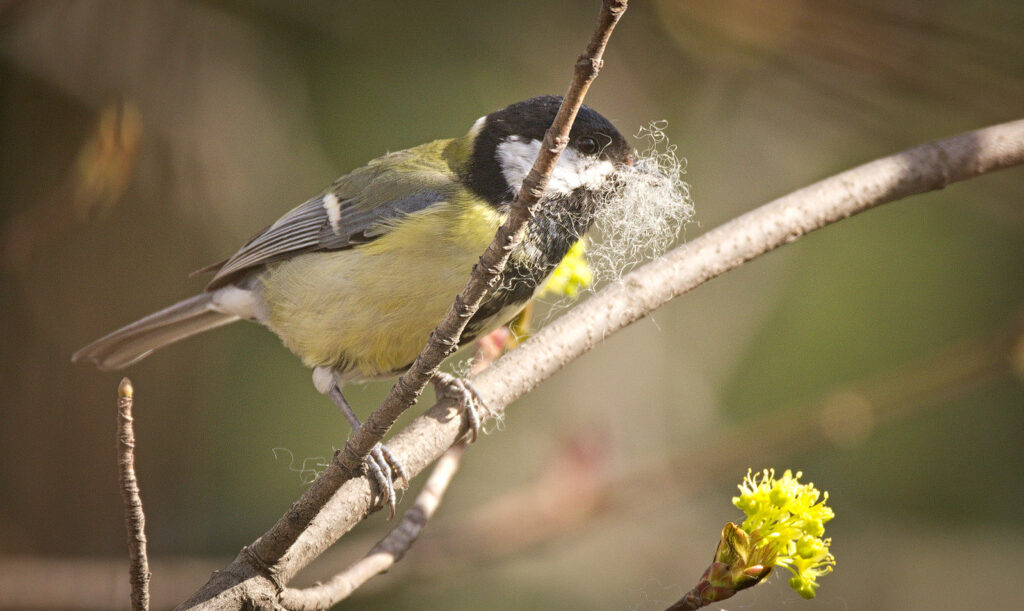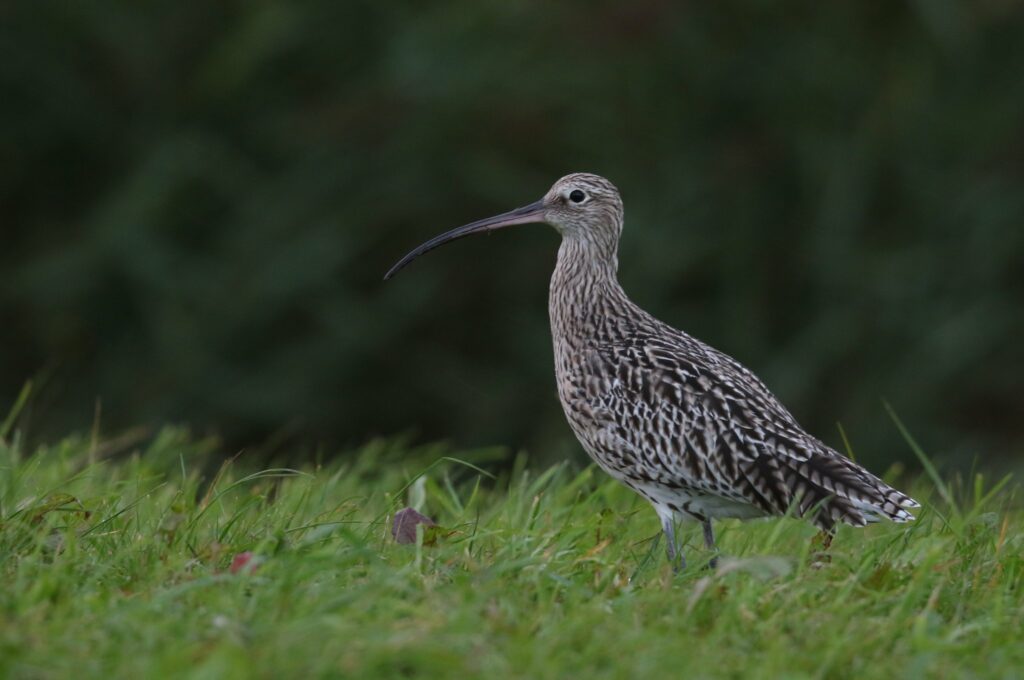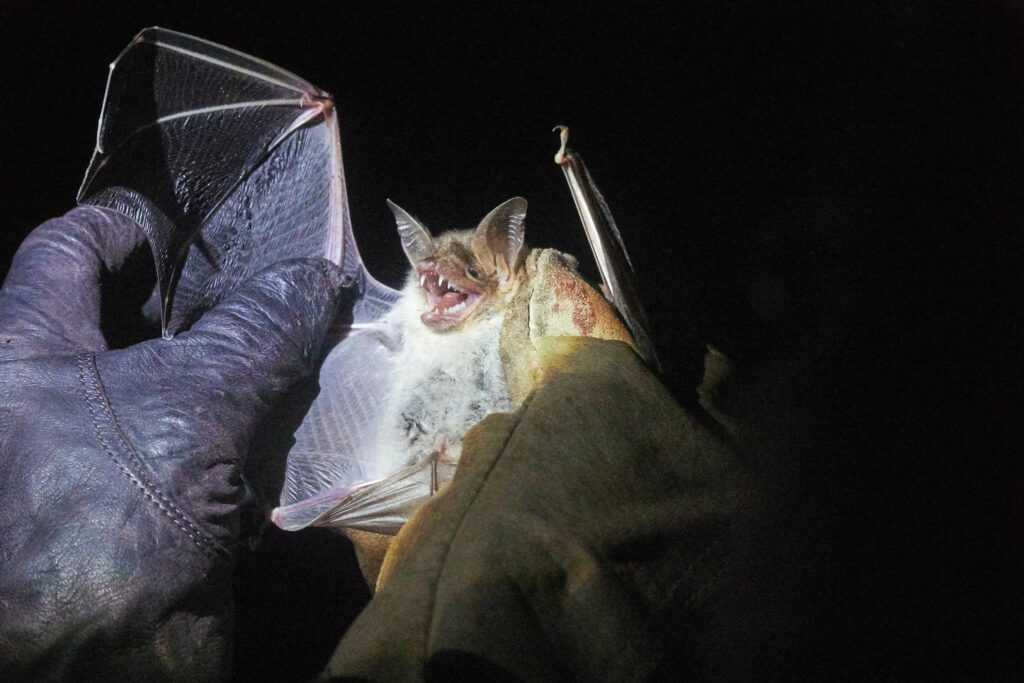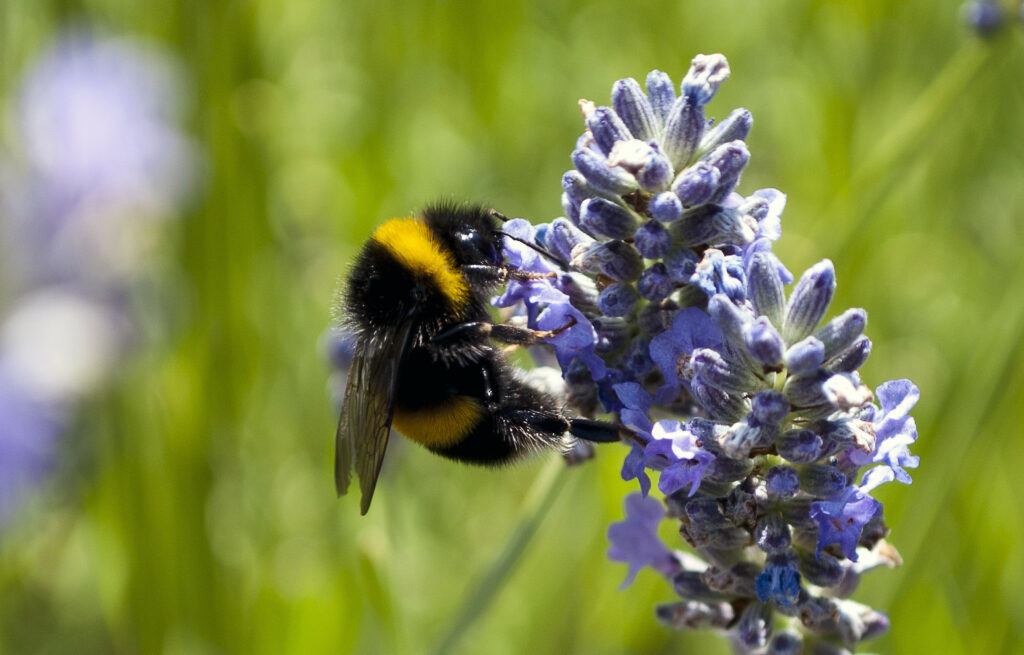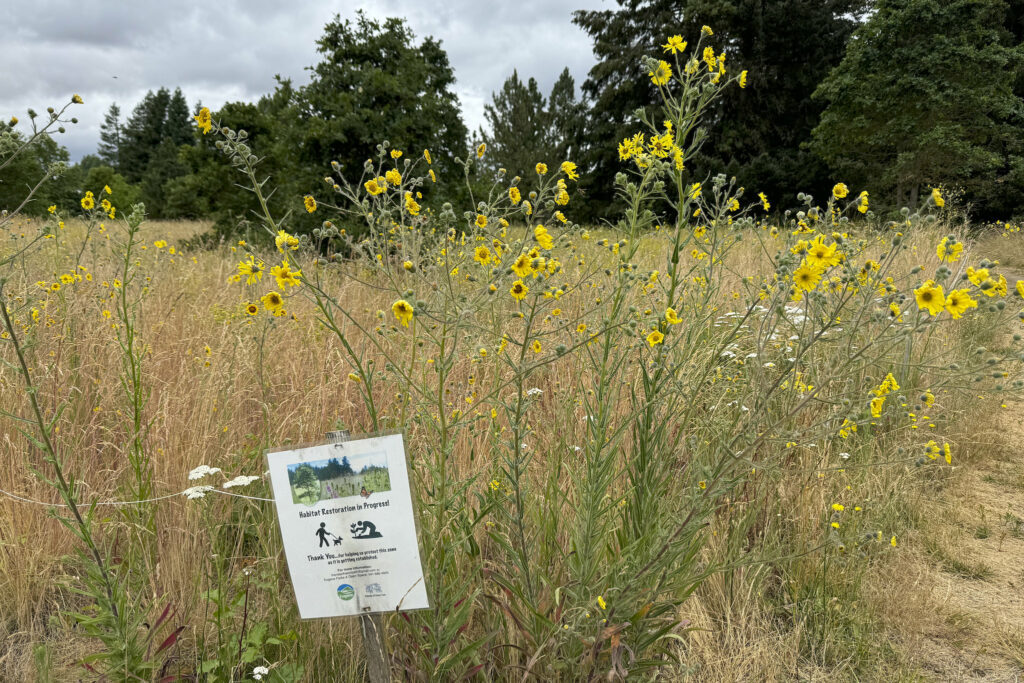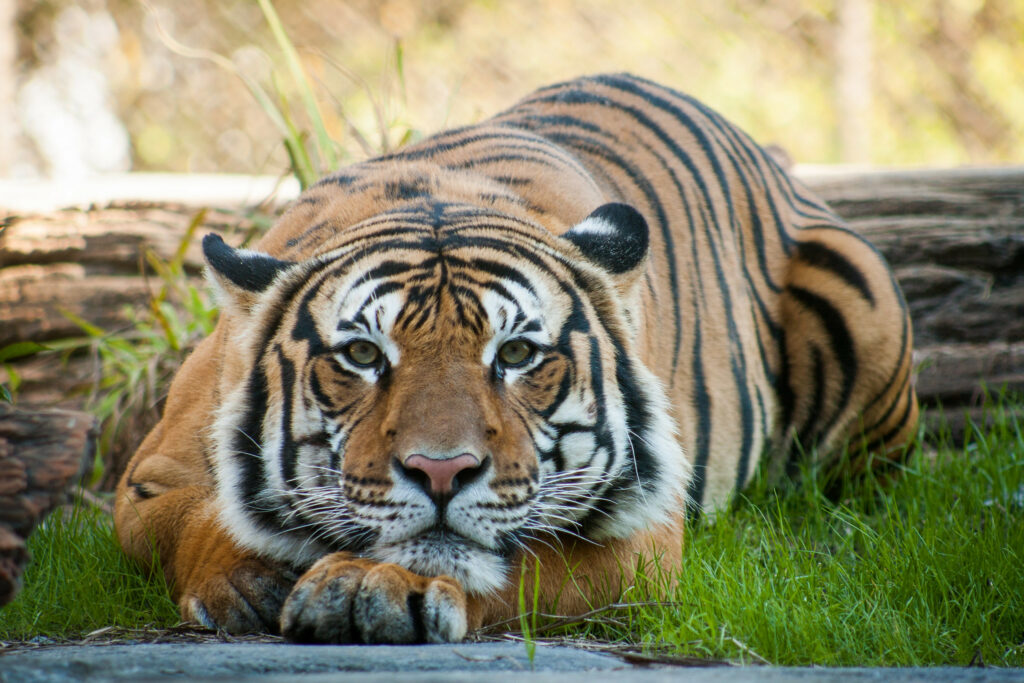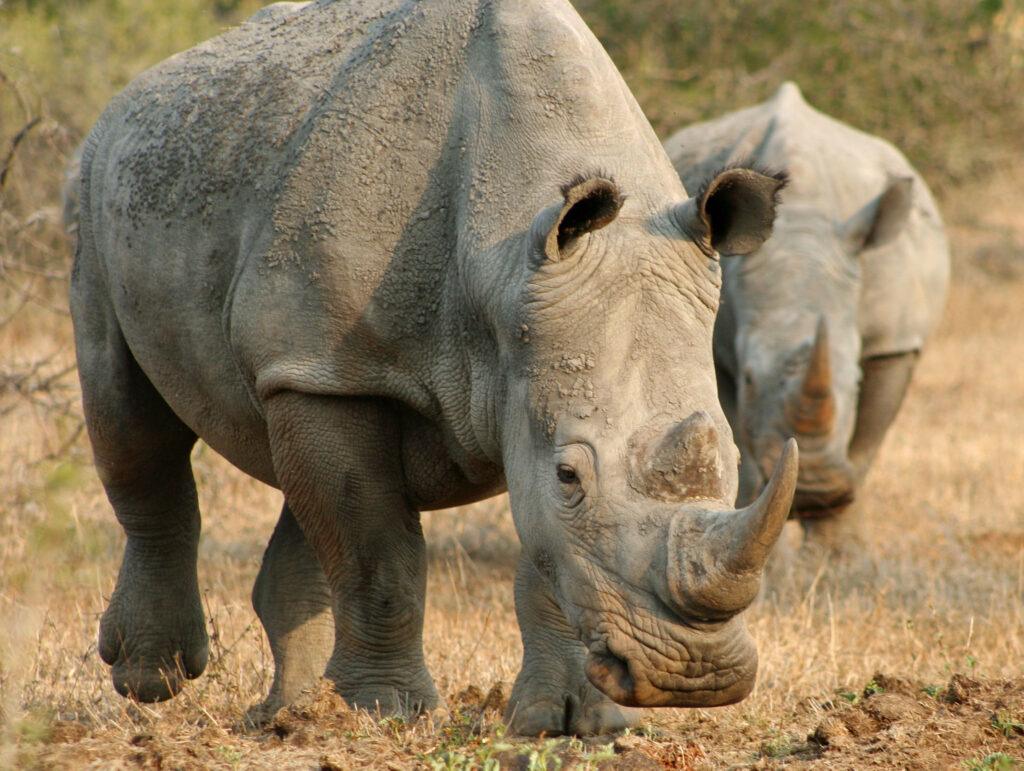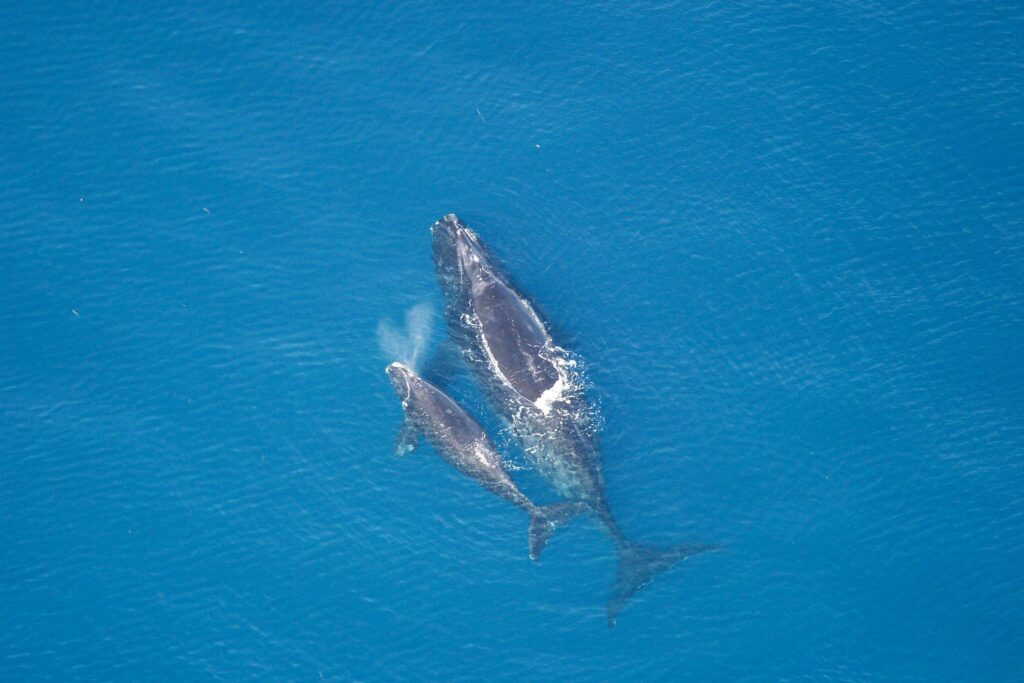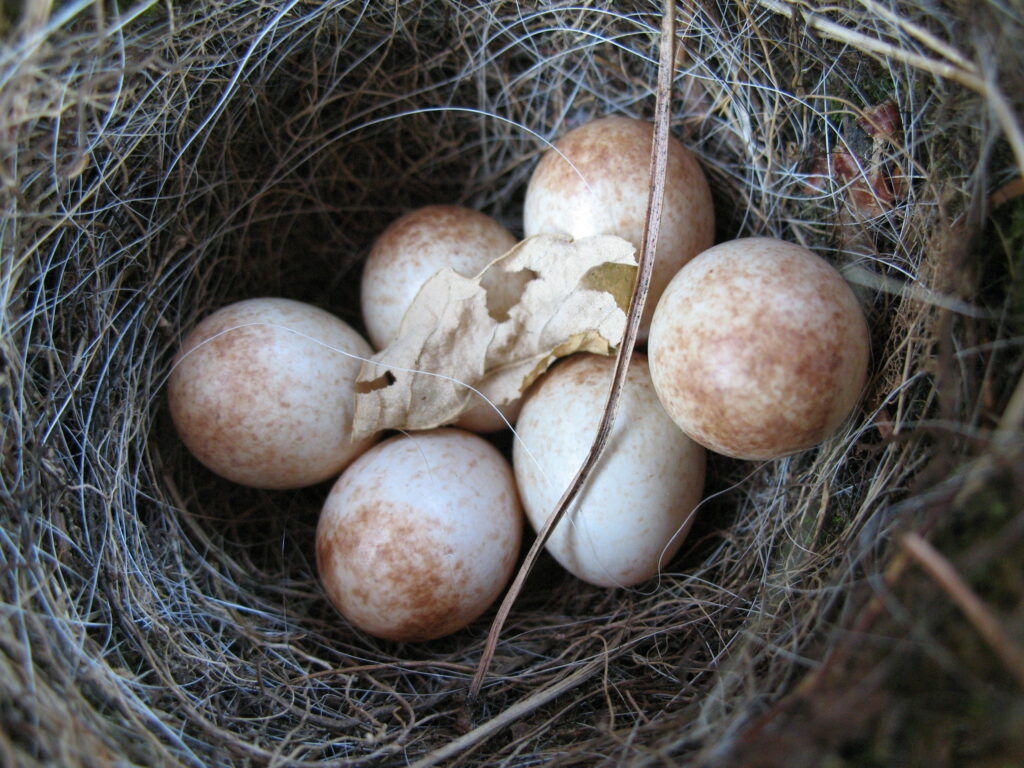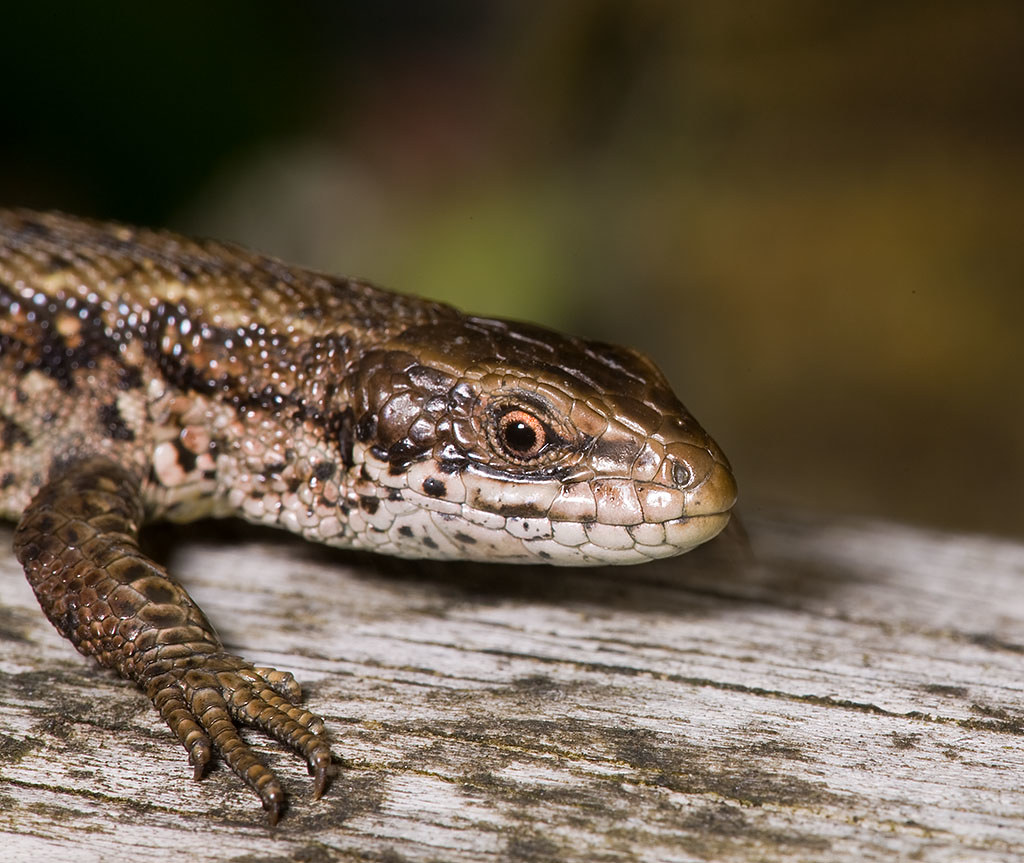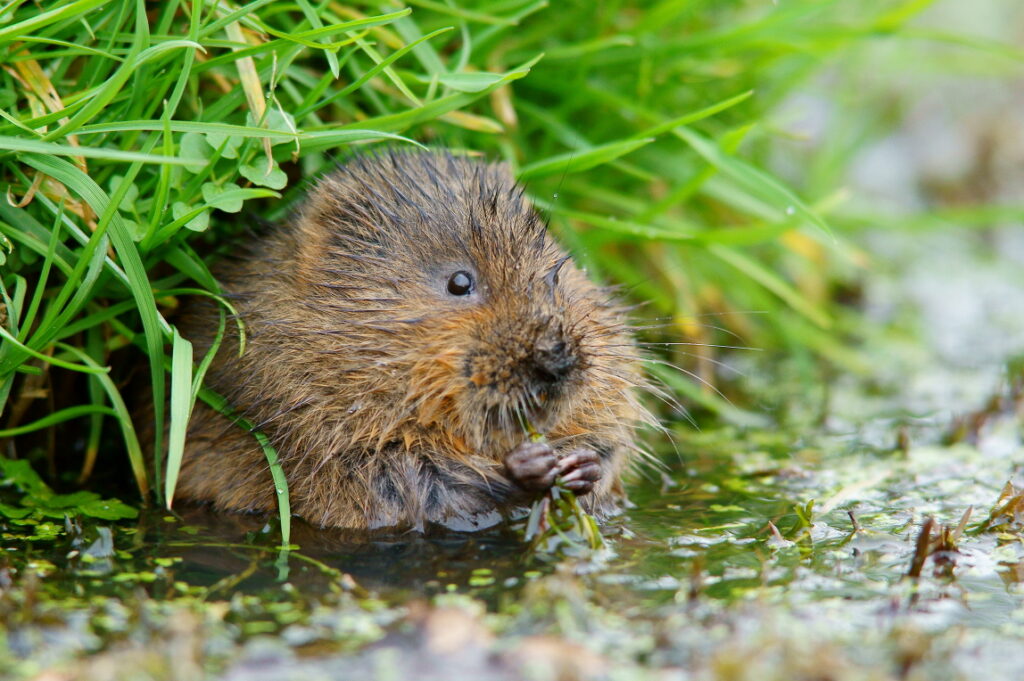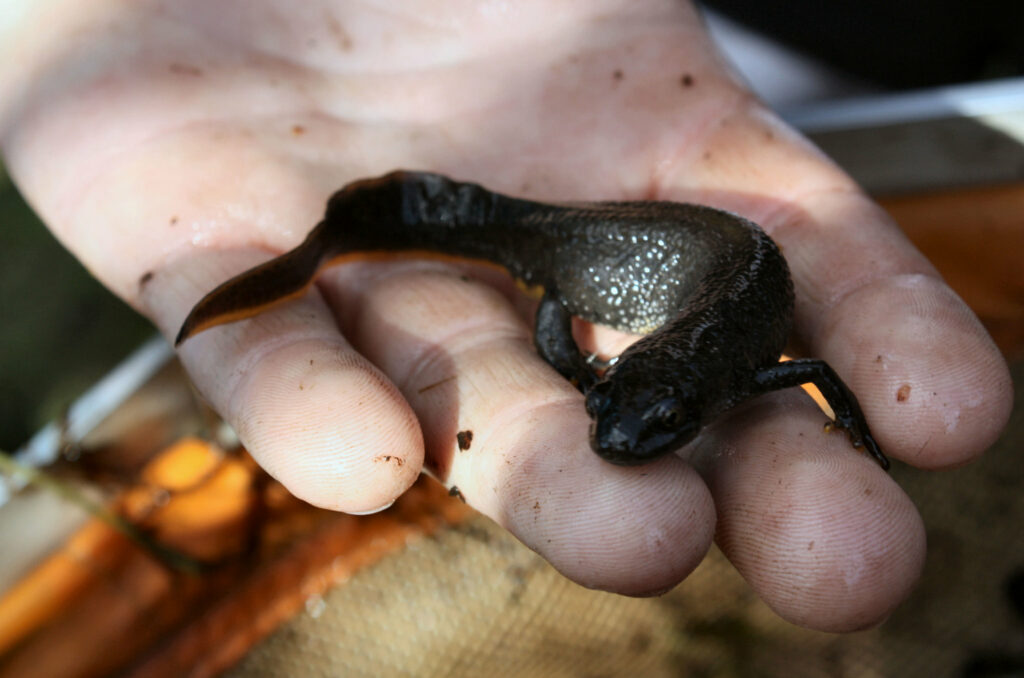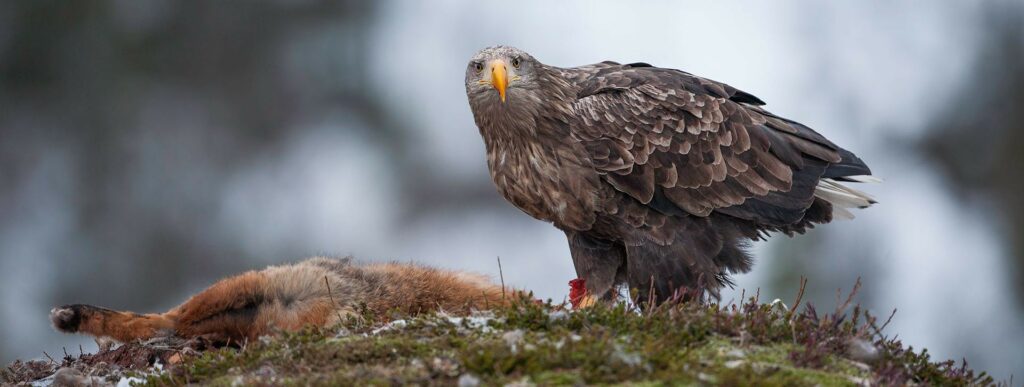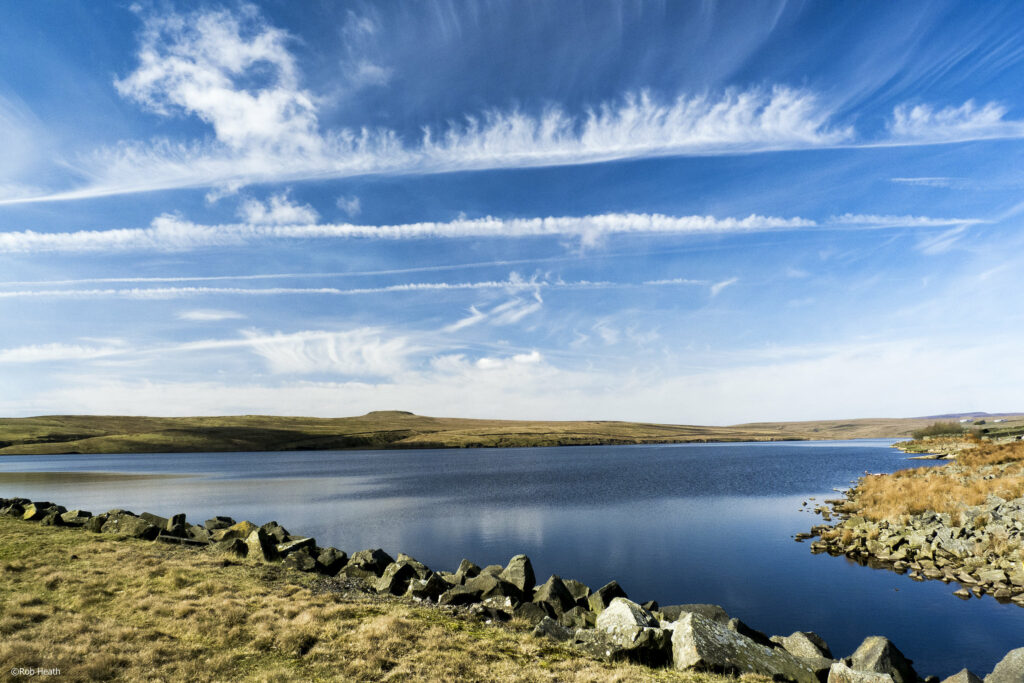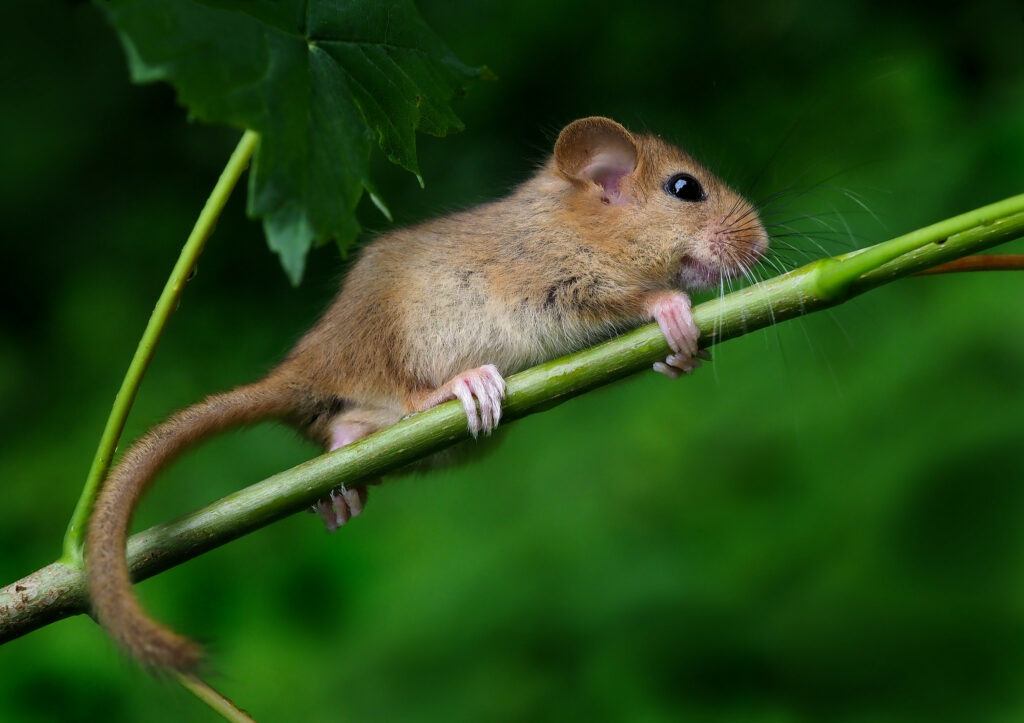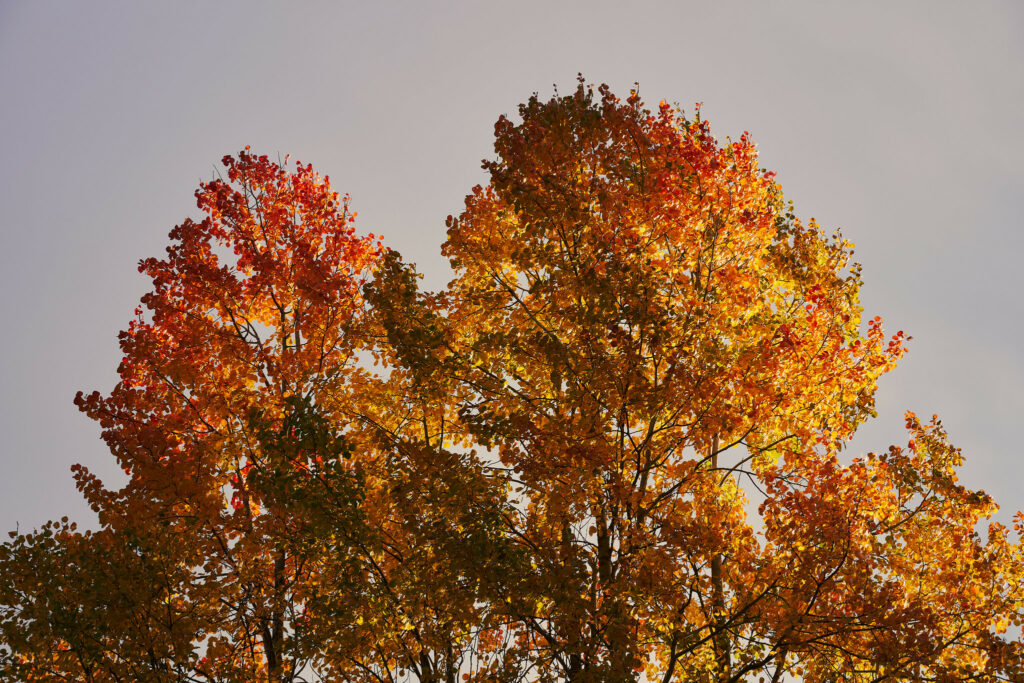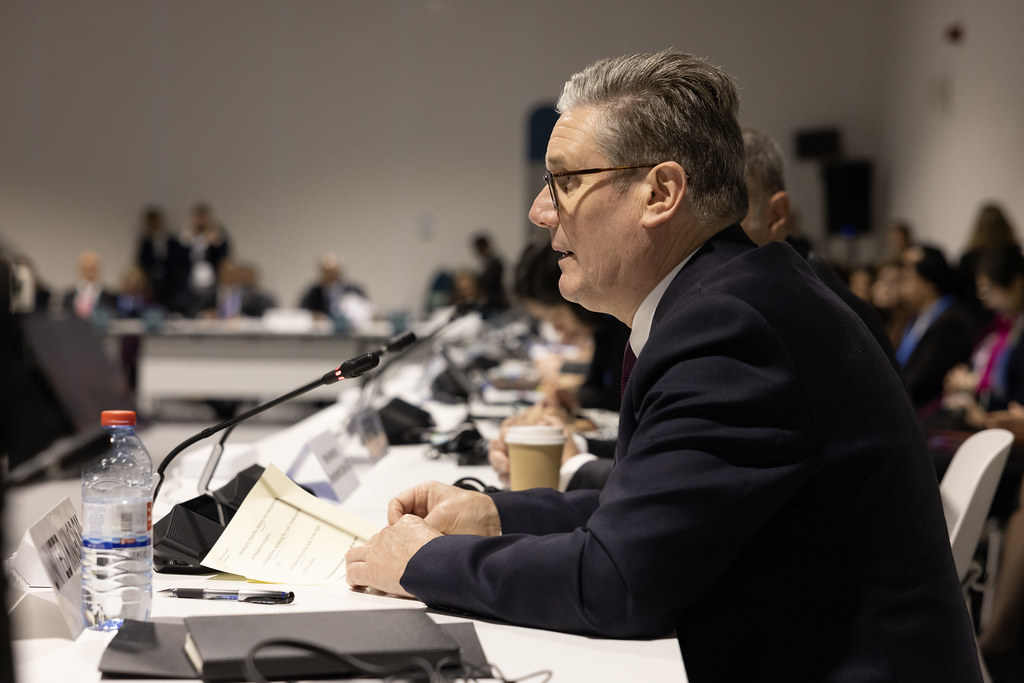Conservation
A new exclusion zone has been established along the Anglesey coastline to protect vulnerable wildlife. The RSPB have been granted permission to safeguard the area, which serves as vital breeding ground for Choughs, and key habitat for Peregrine Falcons, rare British plants and lichens. The exclusion zone will remain in place until 15th September to minimise harm from recreational activities in the area, such as coasteering.
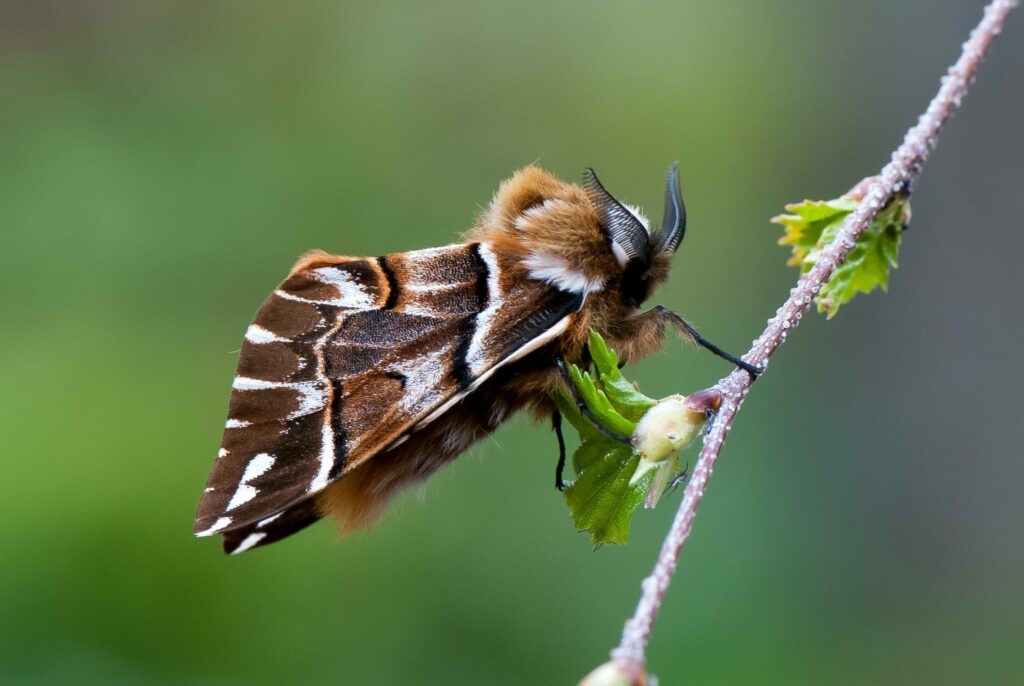
In collaboration with Butterfly Conservation, Natural England, and Forestry England, Twycross Zoo has launched a project to reintroduce the extinct Kentish Glory moth to England. Since the launch of the project, conservationists have collected DNA samples from existing populations in the Cairngorms to help improve the chances of a successful reintroduction, and over the coming months, conservationists will conduct feasibility evaluations, with the Wyre Forest noted as a potential reintroduction site.
Policy
The UK is set to introduce a Natural History GCSE, one of the first new GCSEs in a decade. Confirmed by the Education Minister on the 21st of March, the curriculum will cover both local and global environment, from local wildlife and habitat to global climate challenges and sustainability. Intended to foster an understanding and protection of nature, the new GCSE will be delivered nationwide, with a revised criteria to provide fieldwork opportunities to young people. The government will consult on the curriculum this year, ensuring relevance for both urban and rural students.
Glass eels will no longer be exported to Russia from British estuaries after a UK government ban. Defra refused a request to send millions of glass eels to a restocking project in Kaliningrad, ending a trade that saw roughly three million eels exported last year. The species, red-listed and down 95% since the 1980s, was previously shipped via a conservation loophole from the UK. Conservationists argue these eels should instead be used to replenish depleted English and Welsh rivers.
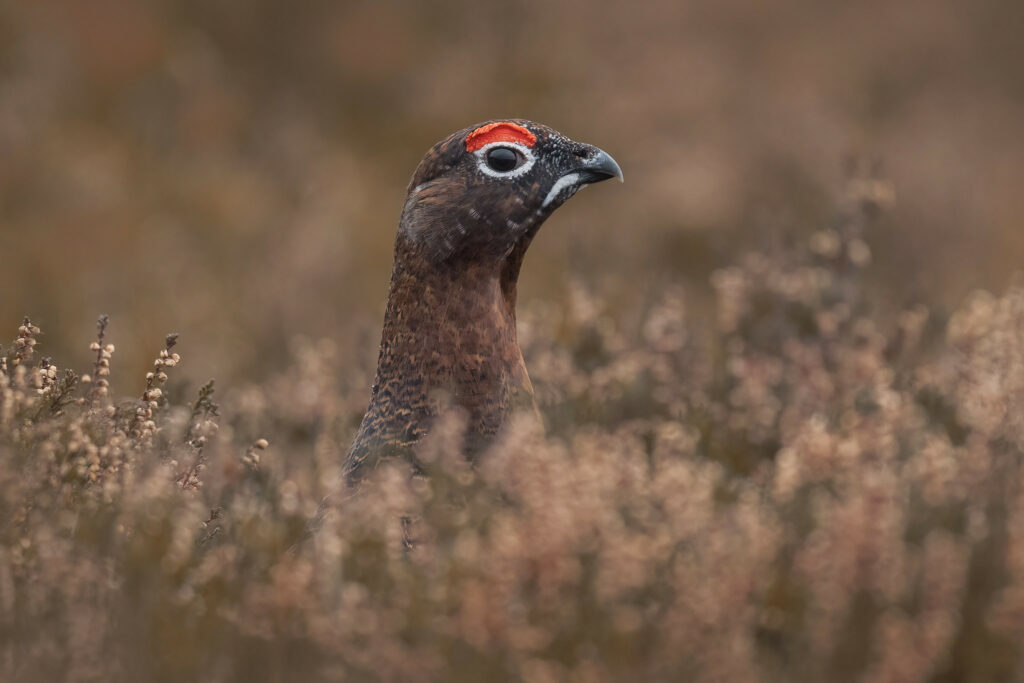
Labour has announced plans to ban deep-peat burning in England, in order to protect vital habitats, reduce carbon emissions, and safeguard wildlife. These plans target the practice of burning vegetation, which is often utilised to create habitat suitable for grouse hunting. Labour’s plans seek to tighten the existing legislation introduced by the previous Conservative government, expanding protected areas by 146,000 hectares. UK peatland is estimated to store 3.2 billion tonnes of carbon alone – intentional burning of peatland vegetation releases stored carbon and can harm wildlife residing in this habitat.
Brazil’s ‘Poison Bill’ has loosened restrictions on agrochemicals that are hazardous to human health and the environment. A dramatic surge in pesticide use has been observed within the Amazon – specifically, the use of mancozeb has increased by a staggering 5,600%, and atrazine by 575% in just over a decade, despite their bans in the EU. Experts warn that these relaxed controls will severely impact the Amazon’s biodiversity, posing heightened risks to Indigenous peoples, riverside communities, and small farmers exposed to these harmful substances.
Science
An exhaustive global analysis of over 2,000 studies, and 100,000 sites across all continents, confirms the profound impact of human activity on biodiversity. This landmark paper marks the first attempt at combining results from so many studies and provides unprecedented clarity on the influence of human activity. Researchers identified distinct shifts in community composition and marked decreases in local diversity across all habitats and species groups included in the study, and five drivers of loss – including habitat change, resource exploitation and pollution – had strong impacts on diversity loss.
